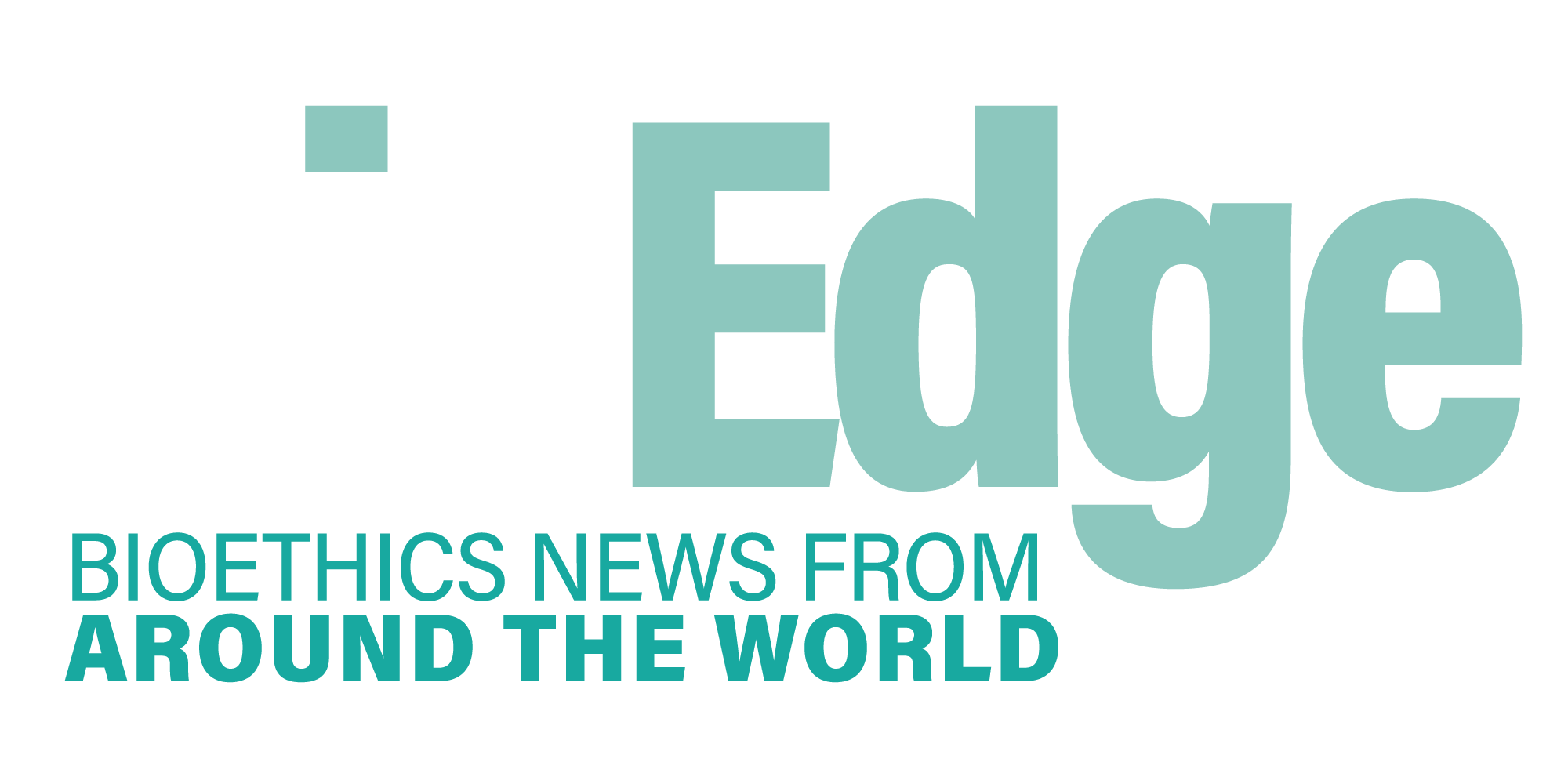Scientists overcome roadblock to therapeutic use of stem-cells
Israeli researchers have made a major breakthrough in the search for an efficient method of producing induced pluripotent stem cells.

Israeli researchers have made a major breakthrough in the search for an efficient method of producing induced pluripotent stem cells (iPS cells). In research published in Nature this week, scientists from the Weizmann Institute of Science report that by removing a single protein from mice skin cells, they are able to produce iPS cells with near perfect efficiency. The standard conversion rate from normal to pluripotent cells in mice is 10%. Simply by removing the protein Mbd3 the researchers claim that they can raise this to almost 100%.
Using this method scientists can insure cells revert back to a pluripotent state within one week. At the moment, cell reversion is irregular and sometimes takes months, making the process difficult to monitor.
Whilst the study is primarily based on mice cells, researchers believe the technique will greatly increase conversion efficiency in human cells.
“This is the first report showing that you can make reprogramming as efficient as anyone was hoping for,” says Konrad Hochedlinger, a stem-cell scientist at Harvard Medical School in Boston, Massachusetts. Journalists from Nature believe the research is “evidence that cellular identity is a surprisingly malleable property that might be reforged — for example, to generate cell types of therapeutic value.”
Xavier Symons
Creative commons
iPS cells
stem cells
